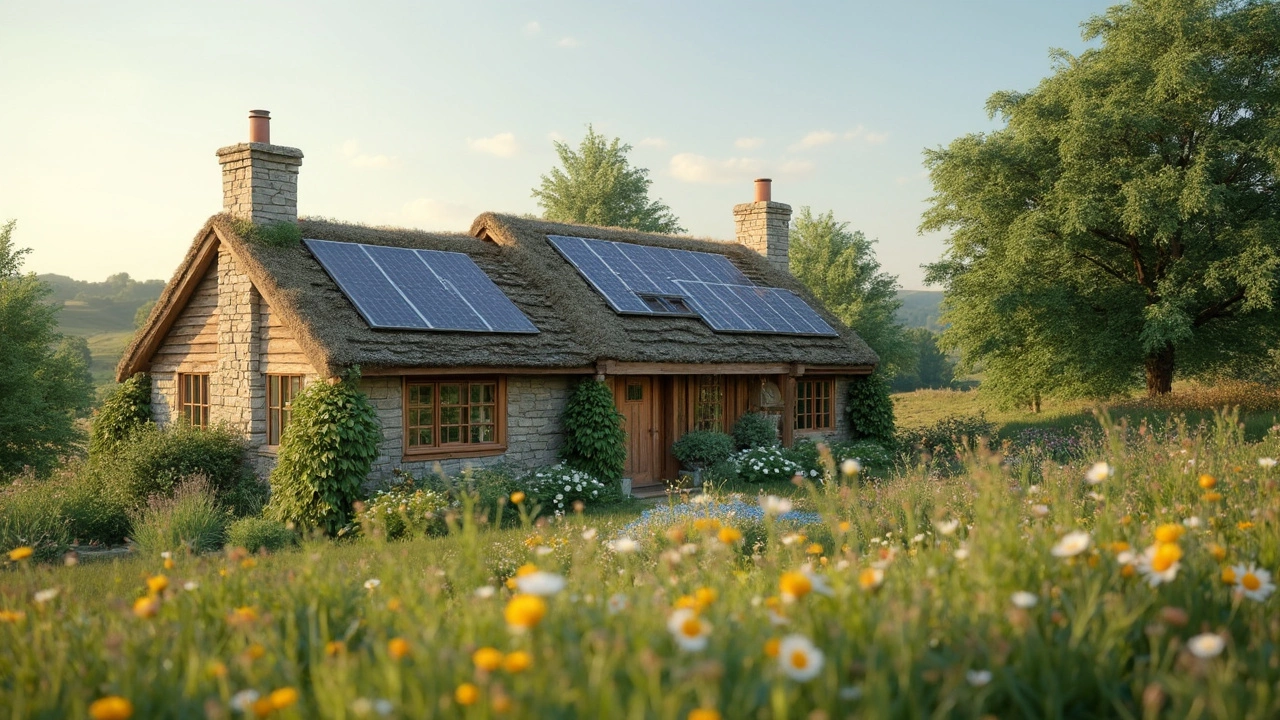
Eco House Tips: Build Green, Save Money
If you want a home that’s easy on the planet and your wallet, start with a plan. Forget big jargon and focus on a few key actions that make a real difference. Below are the most useful tips you can apply right now.
Choosing the Right Materials
First, look at what you’re building with. Traditional bricks and cement carry a heavy carbon load, while recycled timber, straw bale, or hempcrete offer lower impact and often better insulation. Check local suppliers for reclaimed wood or reclaimed stone – they’re cheaper than new and already have a story.
Don’t forget insulation. A high‑quality, eco‑friendly blanket like cellulose or sheep’s wool can cut heating bills by up to 30 %. It’s a simple upgrade that pays off fast. If you’re unsure which product fits, ask the supplier about the R‑value and ask for a sample to compare feel and durability.
Smart Design Choices to Cut Costs
Orientation matters. Position living spaces to face south (in the northern hemisphere) to capture sunlight in winter and use shading devices for summer heat. This reduces the need for extra heating or cooling.
Keep the house compact. Every extra square foot adds cost, both upfront and over time. A well‑designed, smaller footprint can feel spacious when you use open‑plan layouts and plenty of windows.Consider a heat‑recovering ventilation system. It pulls fresh air in while extracting warm air, so you keep comfort without losing heat. The initial price is higher than a basic fan, but energy savings quickly balance it out.
Finally, plan for renewable energy early. Installing solar panels during construction is cheaper than retrofitting later. Even a small rooftop array can cover a big chunk of your electric use, especially when paired with an LED lighting plan.
Putting these tips together gives you a home that feels modern, stays warm, and costs less to run. You don’t need to be an expert – start small, pick one material change, and watch the savings grow. With each smart choice, you’ll see a greener, cheaper house become a reality.
